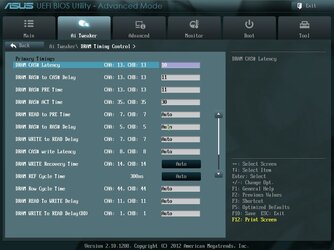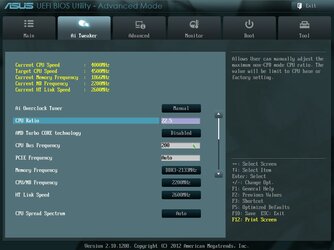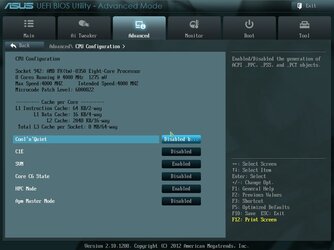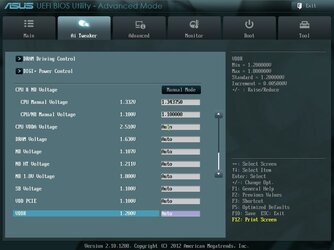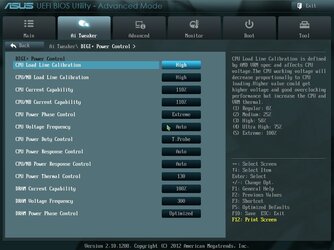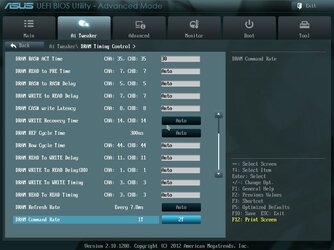The ram is multiplier is a bit more complicated it's actually called a divider, which gets a little complicated to explain.
Not really once you understand how they work.

RAM at stock or default settings will run at a 1:1 ratio with the NB. A divider is used sets up a ratio difference between your RAM and NB speeds, reason why is your RAM will top out in MHz well before your NB will in most cases.
Let's say for example your RAM has a limit of 250 MHz, if using the stock/default divider your RAM and NB speeds will be the same up until you reach your RAM's limit, stopping you from clocking higher. This would be with a NB speed setting of 250 and you can't go any higher because your RAM has topped out - So what now?
Well, like you do in a car when the engine has revved to it's limit, change gears!

Think of your RAM in this case as the engine, your dividers as the gears in your transmission with your NB speeds themselves represented as the actual MPH your car is running at.
OK - To continue raising your speed, you must change gears to get your RAM back to an acceptable speed range (RPM) to continue the process of going faster overall. Think of your stock divider setting as 1st gear so now it's time to hit 2nd, in this case it's represented by the 166MHz divider setting.
This will drop your RAM speed by 34MHz to a speed of 216MHz for the RAM while your NB is still at 250MHz. Note that when a divider is used, the difference in speed remains consistant so with a 166 divider, your RAM will always be 34MHz slower than your NB will be. This means the next time you'd need to drop your RAM divider would be at 284MHz for your NB speed since that's when your RAM will hit 250 (284 minus 34 = 250). You can then use another, lower divider such as the 133 divider. This will then place your RAM speed at 67MHz below what your NB would run, again this difference in MHz being consistant. You'd then be able to raise the NB speed up to 317MHz before your RAM hit 250 (317 minus 67 = 250)
This numerical difference is always consistant regardless of divider used since RAM dividers are based on a 1:1 ratio (200MHz NB : 200MHz RAM).
You can do simple math to see where you'd be running your RAM at with any divider used and know how fast it will run with any given NB speed by simply subtracting the MHz difference based on the RAM divider used.
Where your RAM tops out of course is the variable but regardless of that, this ratio with each divider used remains true.


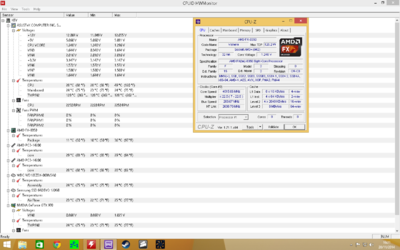

 lol ive printed out the guide as well as some of these comments and im going to have to sit down and go over it again and again before my next changes
lol ive printed out the guide as well as some of these comments and im going to have to sit down and go over it again and again before my next changes 